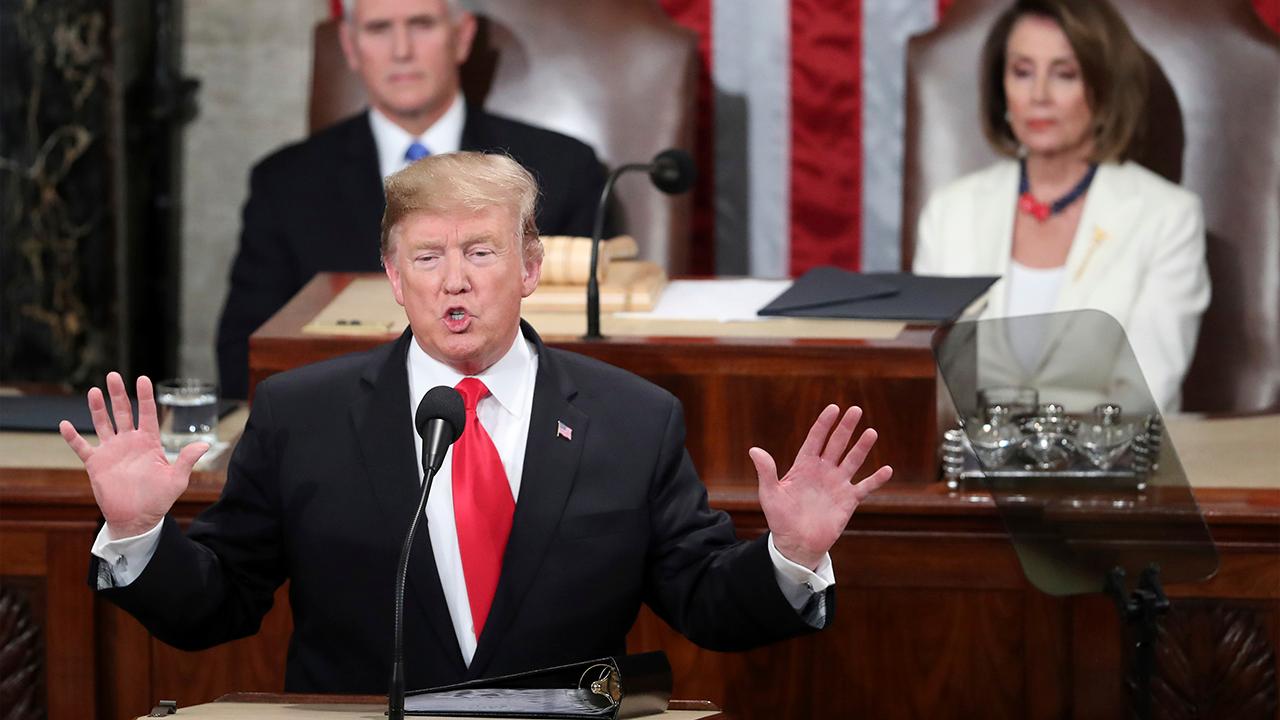Trade reciprocity needed now: Wilbur Ross
Americans live in a world where other countries impose high tariffs and non-tariff barriers to trade. U.S. exporters face enormous obstacles in foreign markets, and yet, we maintain the most free and open market of any major country in the world.
We have zero tariffs on 61 percent of the total value of our imports, more than 17,000 product types. On thousands of additional products, our tariffs are lower than the tariffs other countries impose. For example, our 2.5 percent tariff on cars is far less than China’s 15 percent and Europe’s 10 percent; our 2.4 percent tariff on motorcycles pales in comparison to India’s 50 percent; and our 0-26 percent tariff on beef is much less than Europe’s 0-80 percent and Japan’s 38.5 percent. In 17 of 22 major categories, Europe has higher tariffs than the U.S., and China has higher tariffs in 20 of 22.
Higher tariffs and non-tariff barriers imposed by our major trading partners remain significant contributors to our $500 billion-plus trade deficit.
This vast disparity is unacceptable to our President, who has continually fought for American workers, farmers, and ranchers since coming into office. We will not allow other countries to exploit our free market while remaining highly protectionist.
The President has made significant progress in changing this status quo, having successfully renegotiated and improved our outdated trade agreements with Canada, Mexico, and Korea. We are also conducting serious discussions with China, Europe, Japan, and the United Kingdom, to ensure that our workers, farmers, and businesses are able to compete on a level playing field.
But our efforts face a systemic reality that shields the protectionists of the world from facing the consequences of their unfair practices.
These conditions have their origin in the early Cold War, when after World War II we helped rehabilitate Europe and Asia, both with direct aid through the Marshall Plan and with unilateral and unbalanced trade concessions. At the time, the economies of Europe and Asia were small and fragile, and we had significant trade surpluses with both.
But these United States’ policies were mistakenly open ended. Instead of permanent, they should have been temporary and adaptable.
Does anyone really believe that Europe, Japan or China deserve the same concessions today that they did 70 years ago when their economies were vulnerable or undeveloped? I think not.
Even as their economies strengthened, we locked in our trade concessions in rules at the World Trade Organization (WTO). This mistake has had lasting repercussions.
Current U.S. law and WTO rules limit our very capable negotiators as they seek to create truly free markets for American businesses.
WTO rules pose a significant barrier to reciprocity.
In particular WTO members agreed to Bound Rates to a maximum rate they can charge on a given import. When WTO countries negotiated tariffs throughout the last century, the United States agreed to Bound Rates that were significantly lower than the rest of the world. As a result, the United States has no ability to raise our own tariffs in the normal course of events.
Further, with the WTO’s “Most Favored Nation” rule, we do not have the ability to vary tariff rates in order to directly match or offset the tariffs or non-tariff barriers of one country or another.
This patently unfair situation must be corrected. The President must have the tools to ensure that our workers and businesses are treated fairly and reciprocally.
To address the global disparity between our open markets and our trading partners’ protected markets, we need the ability to motivate other countries to lower their tariffs to fair levels and to remove non-tariff barriers.
The best motivator would be for the President to be able to raise our tariffs on a given product to match those of our trading partners or to offset any non-tariff barriers against us, such as discriminatory rules and red-tape.
Mechanically, the President should be able to match their tariffs and offset their non-tariff barriers, product by product, percent by percent.
Our ultimate goal is free, fair, and reciprocal trade, so if other countries at any future time lowered their tariffs or removed non-tariff barriers, we would reduce our tariffs in turn.
The President is asking Congress for the authority to protect hardworking Americans. If countries impose tariff or non-tariff barriers to our products that are higher than those we impose on theirs, then that should be corrected and the tariffs or regulations harmonized.
It is not that we favor high tariffs. The goal, and, I believe, the likely end result, is lower tariffs and non-tariff barriers all around the world.
If we could impose reciprocal tariff levels with other countries, it would be easier to negotiate Free Trade Agreements (FTAs) with them. At present, their needs for FTAs is diminished because they already enjoy the benefits of the significant trade concessions we made decades ago. In other words, their gains from us are limited in exchange for opening their markets to our goods. We should not be surprised that they do not.
CLICK HERE TO GET THE FOX BUSINESS APP
If the President could adopt reciprocal tariffs where needed, the United States would have a key negotiating tool in achieving equitable results and moving all countries closer to a true free trade environment.
The U.S. Reciprocal Trade Act embodying these concepts was introduced in the House of Representatives this week. This legislation would be a significant tool to create an incentive for countries to end their abuses and negotiate trade agreements with us, and is one more significant step toward leveling the playing field on trade.
Wilbur Ross, U.S. Secretary of Commerce




















